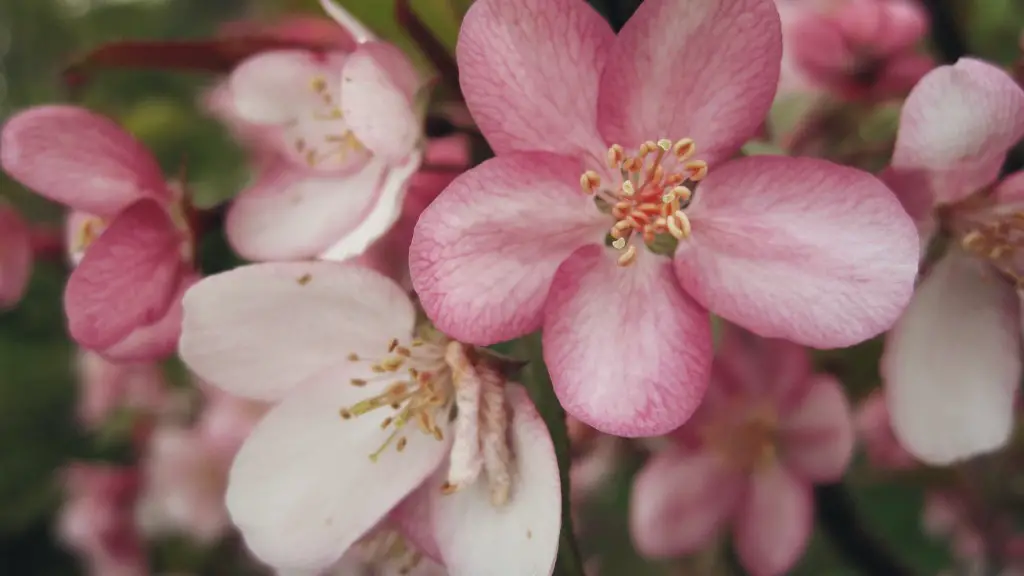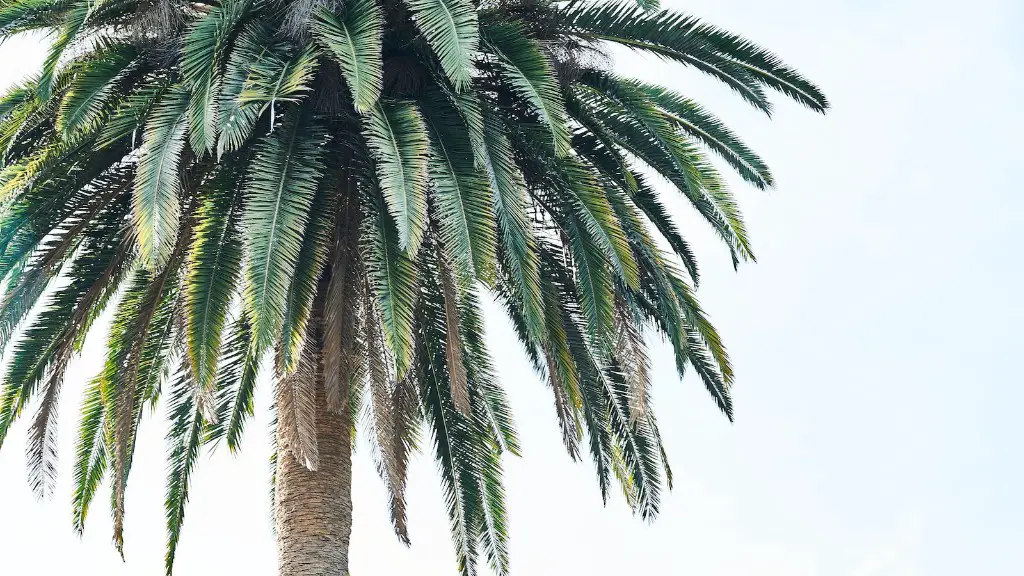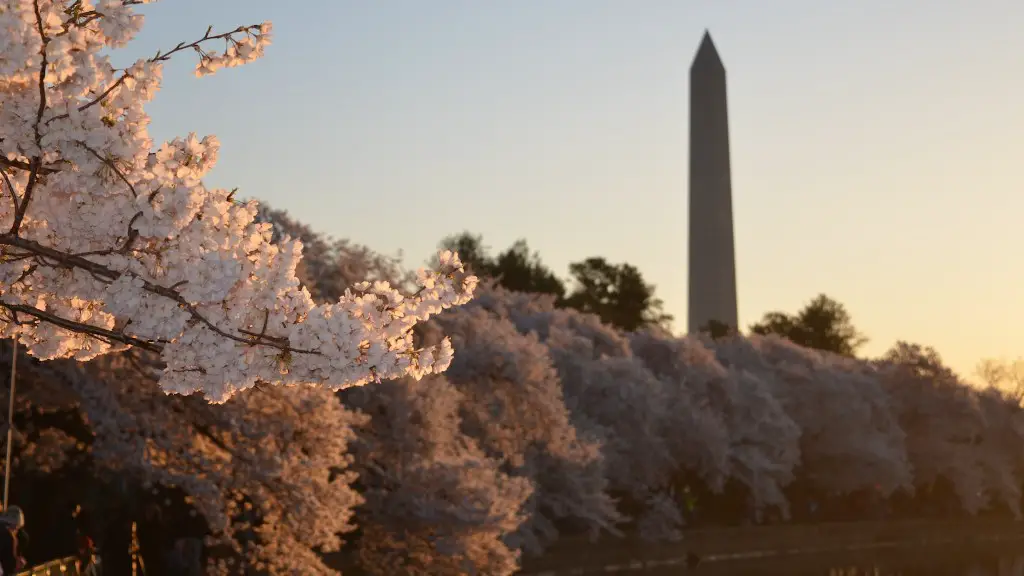When you prune an apple tree, you are essentially shaping it and controlling its growth. The main purpose of pruning is to stimulate fruit production and improve the overall health of the tree. Proper pruning will also help to ensure that the fruit is of good quality and size. There are several different ways to prune an apple tree, but the most common method is called “selective pruning.” With this method, you remove certain branches and leaves in order to encourage the growth of others.
After a pruned apple tree is cut, it will have a neater and more open appearance. The center of the tree will be more visible, and the lower branches will be removed.
What shape should apple trees be pruned?
Apple trees are productive and strong when pruned and trained to a central leader (or main leader) structure. This type of structure has a pyramidal shape with a single upright leader limb as its highest point. Central leader pruning is typically done in the spring, after the last frost but before the trees start to bud.
If you prune too many branches off a fruit tree, you can damage or kill the tree. It’s important to not remove more than 20% of the tree’s branches in a single year, as this can seriously harm the tree’s ability to produce fruit.
Do pruned apple trees produce fruit
Pruning is the process of removing dead, diseased, or damaged plant material, as well as shaping and controlling the growth of the plant. By pruning, you can encourage fruit production, as well as improve the overall health of the plant.
There are a few reasons why pruning is important for fruit trees:
1. Pruning encourages fruit production by redirecting the tree’s energy into fruit production, rather than leaf and branch growth.
2. Pruning also helps to control the size and shape of the tree, making it easier to manage and harvest the fruit.
3. Pruning also helps to remove diseased or damaged plant material, which can improve the overall health of the tree.
Tips for effective pruning:
1. The best time to prune fruit trees is in late winter or early spring, before the tree begins to produce new growth.
2. When pruning, be sure to remove any dead, diseased, or damaged plant material.
3. Be sure to also shape the tree as you prune, to encourage fruit production and control the size and shape of the tree.
4. Finally, don’t over-prune! Remove only
Pruning is an important task that should be done in late winter, before any new growth appears. This is the time to remove any damaged limbs, as well as any branches that are growing too close to the main branches. You should also thin out any crowded or crossing twigs.
What is the best month to prune apple trees?
Apple tree pruning is tricky, but it’s very important if you want the tree to be healthy and productive. Some say the best months to do pruning apple trees are between mid-October to December, but actually you can perform it even during the summertime.
Standard apple trees should be pruned when the tree is dormant in winter, ideally between November and early March. Trained apple trees, like espaliers and fans, should be pruned in summer.
Can I cut the top off my apple tree?
Topping fruit trees is bad for their health and overall growth. The suckers that shoot back up from a topped tree are not only ugly, but they produce leaves instead of fruit. Topping also produces new wood and spur systems which can be invigorating for an old tree, but there may be a temporary drop in fruit production.
Pruning is a great way to bring an old tree back to health, and can also help you to reap the benefits of your hard work. To start, make cuts at the top of the tree, and work your way down so that falling wood doesn’t break any limbs that you’ve already pruned. A clean, smooth cut will heal quickly.
Can you prune apple trees in the fall
Pruning apple trees in the fall can encourage them to send out fresh new shoots that aren’t tough enough to withstand cold weather. Wait until the leaves have fallen off instead. This means that they’re fully dormant and won’t grow any more until the weather warms up.
You can remove up to 25 per cent of the canopy in any one year. If more needs to be removed, save the rest for subsequent years. Although it’s tempting to do it all in one go, trees respond to excessive pruning by producing lots of upright vigorous watershoots that will simply overcrowd the crown again.
What should you not prune apple trees with?
The philosophy of letting things take their natural course is often applied to trees. In tree management, the philosophy of letting a tree grow naturally means allowing the tree to take its own course without human intervention. This may include not cutting or shaping the branches, as this can interfere with the tree’s natural growth.
After a tree reaches its 50th year, it begins to produce fewer and fewer fruits. This is because the tree is no longer as vigorous as it was in its youth, and is not able to produce as many flowers. As a result, there are fewer apples that mature into fruit.
Should you prune apple trees every year
Pruning apple and pear trees every winter is important to keep them productive and control their size. Maintaining an open-centred crown with well-spaced branches helps to ensure trees stay healthy and bear good quality fruit.
If you have over-pruned your tree, don’t panic! With a little patience, your tree will likely be just fine. It may take a few years for the tree to fully recover and produce new blooms, but it will eventually bounce back.
What month do you prune fruit trees?
Fruit trees are typically pruned in late winter to adjust the tree’s structure. Summer pruning can also be done, but this is typically used to control or slow down growth. Removing dead, diseased, or dying branches can be done at any time of the year.
Summer pruning is a great way to ensure good fruit production the following year. Sunlight exposure helps ripen the fruit, and pruning during the summer helps keep the tree healthy and productive.
Final Words
A pruned apple tree usually has a shorter trunk and more centralized branches compared to an unpruned tree. The branches are also trimmed and shaped to allow more light and air to reach the fruit.
A pruned apple tree looks like it has had its branches cut back. The cuts are usually made at a 45-degree angle, just above a bud.





